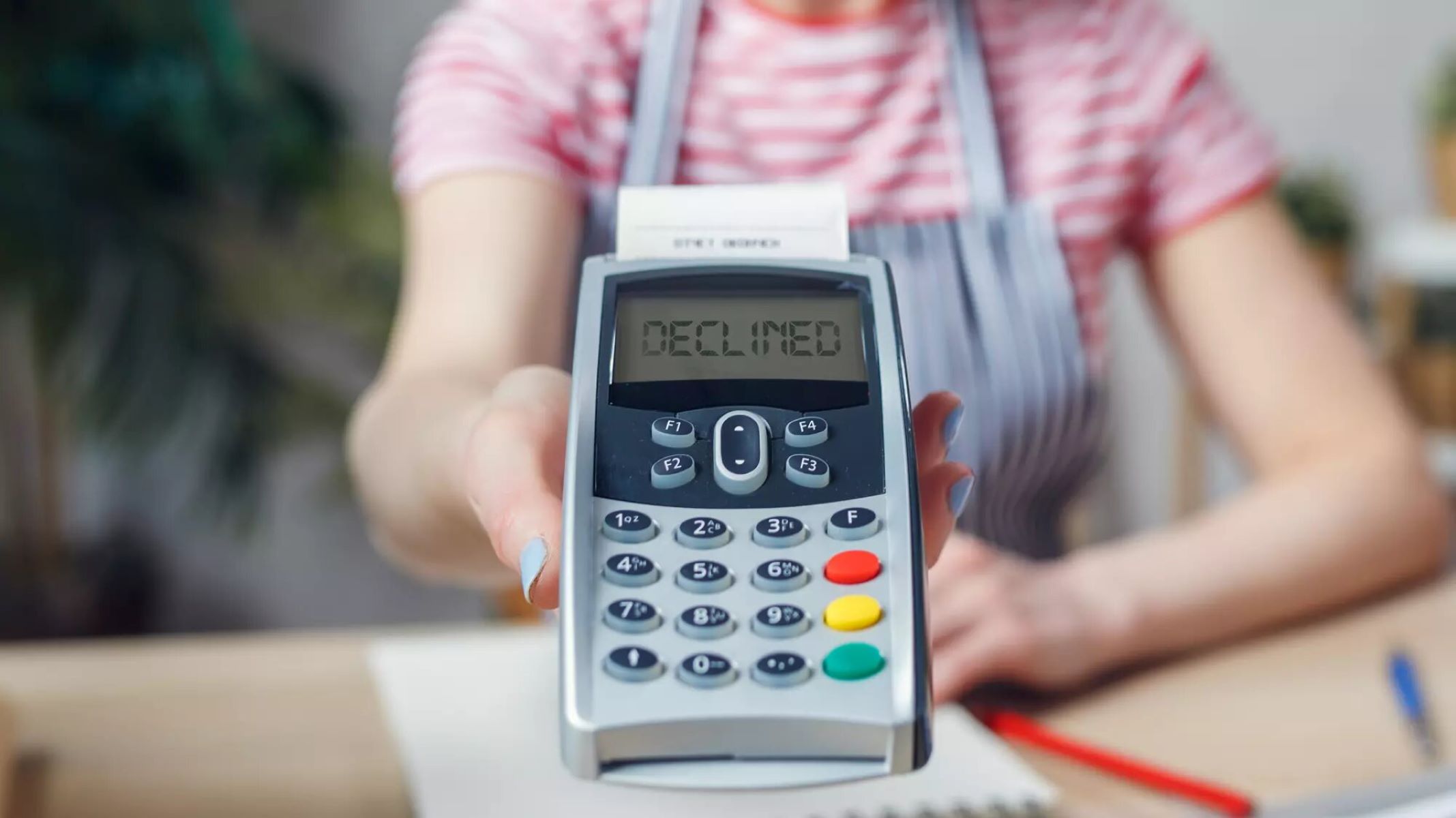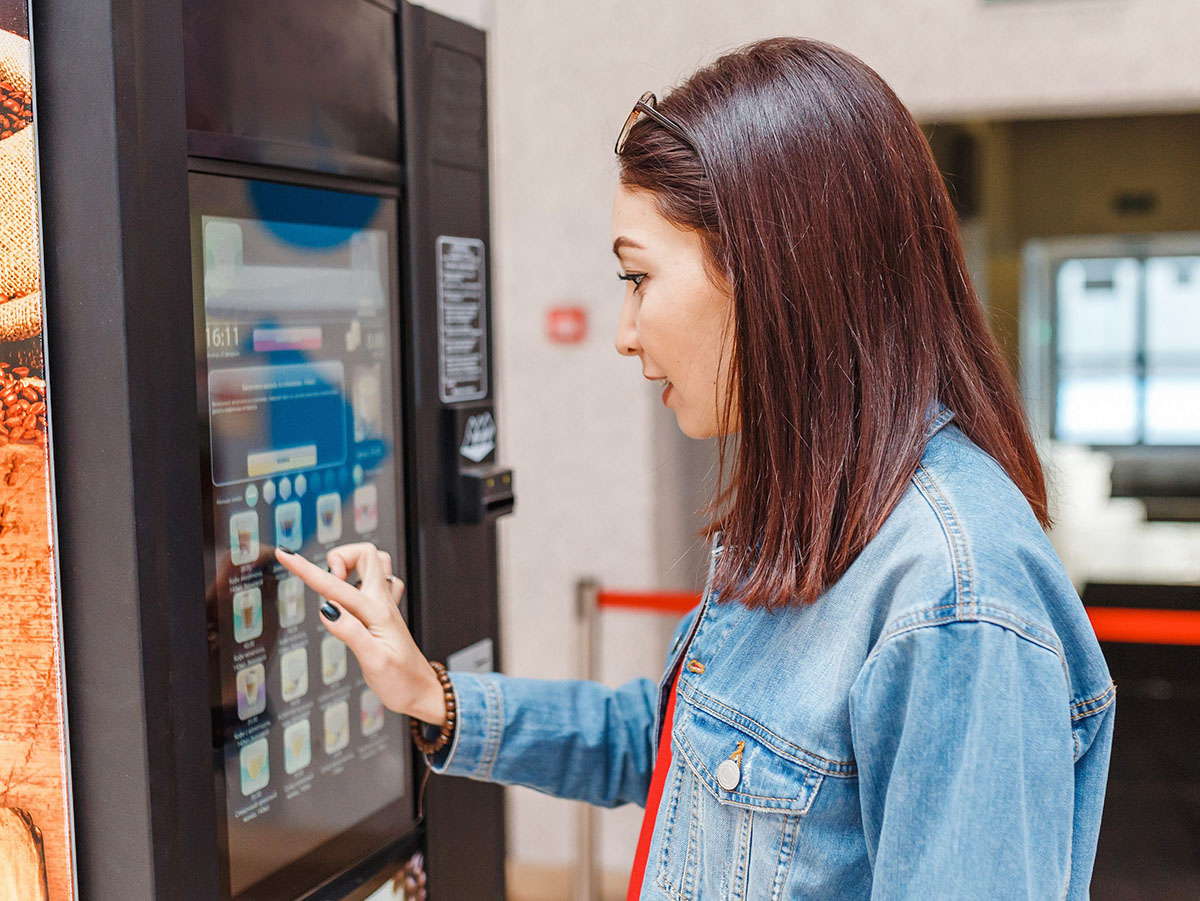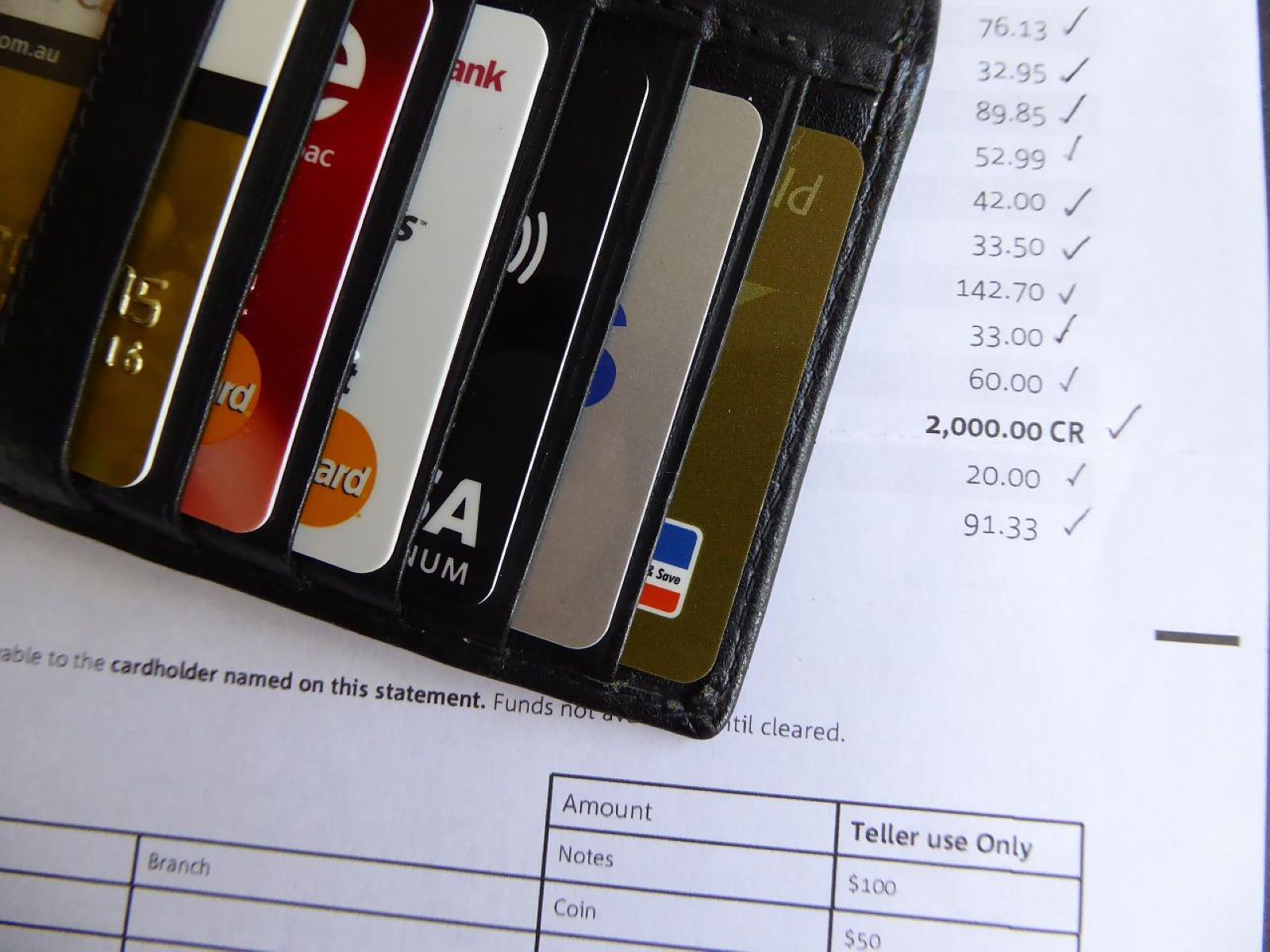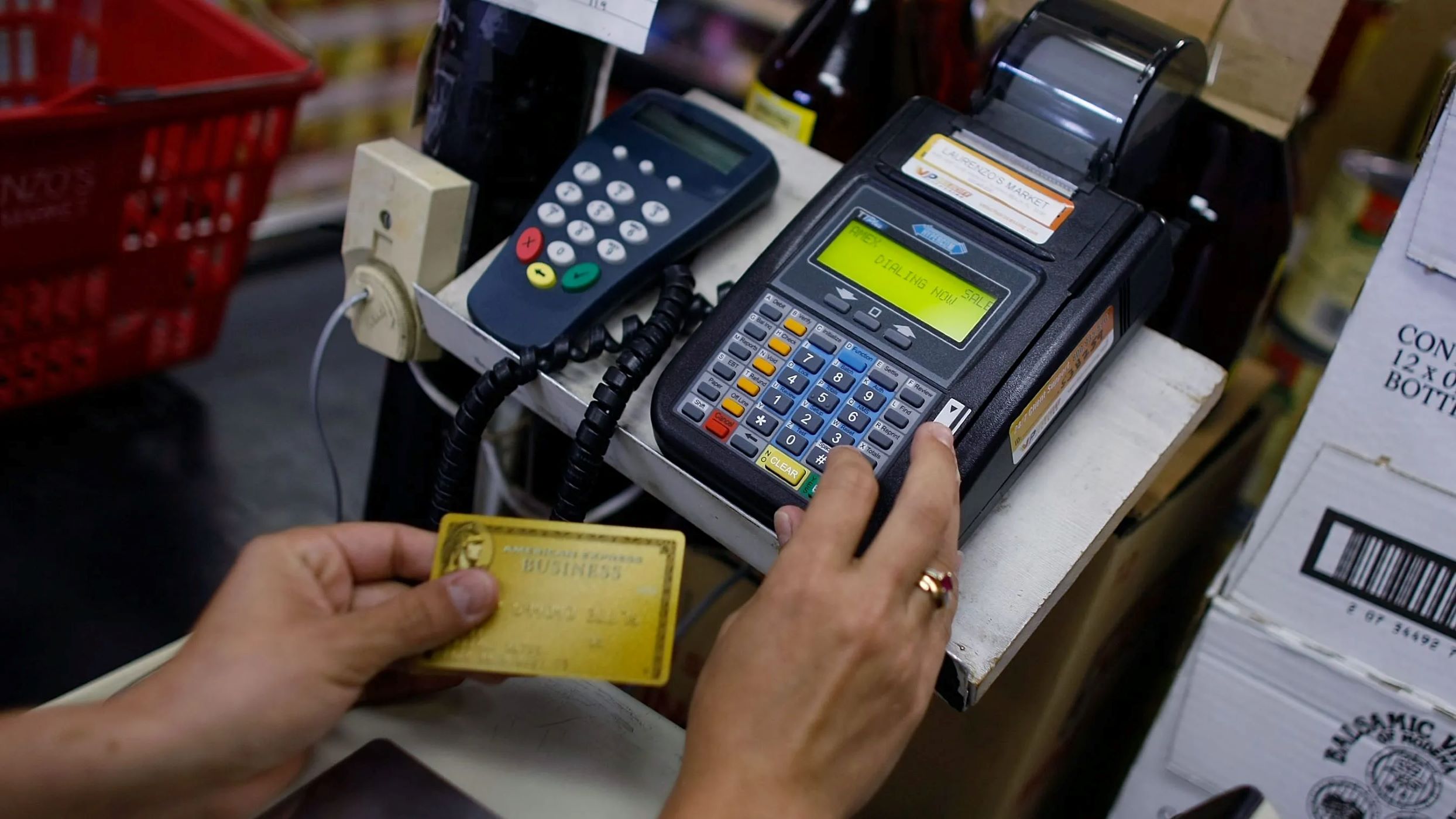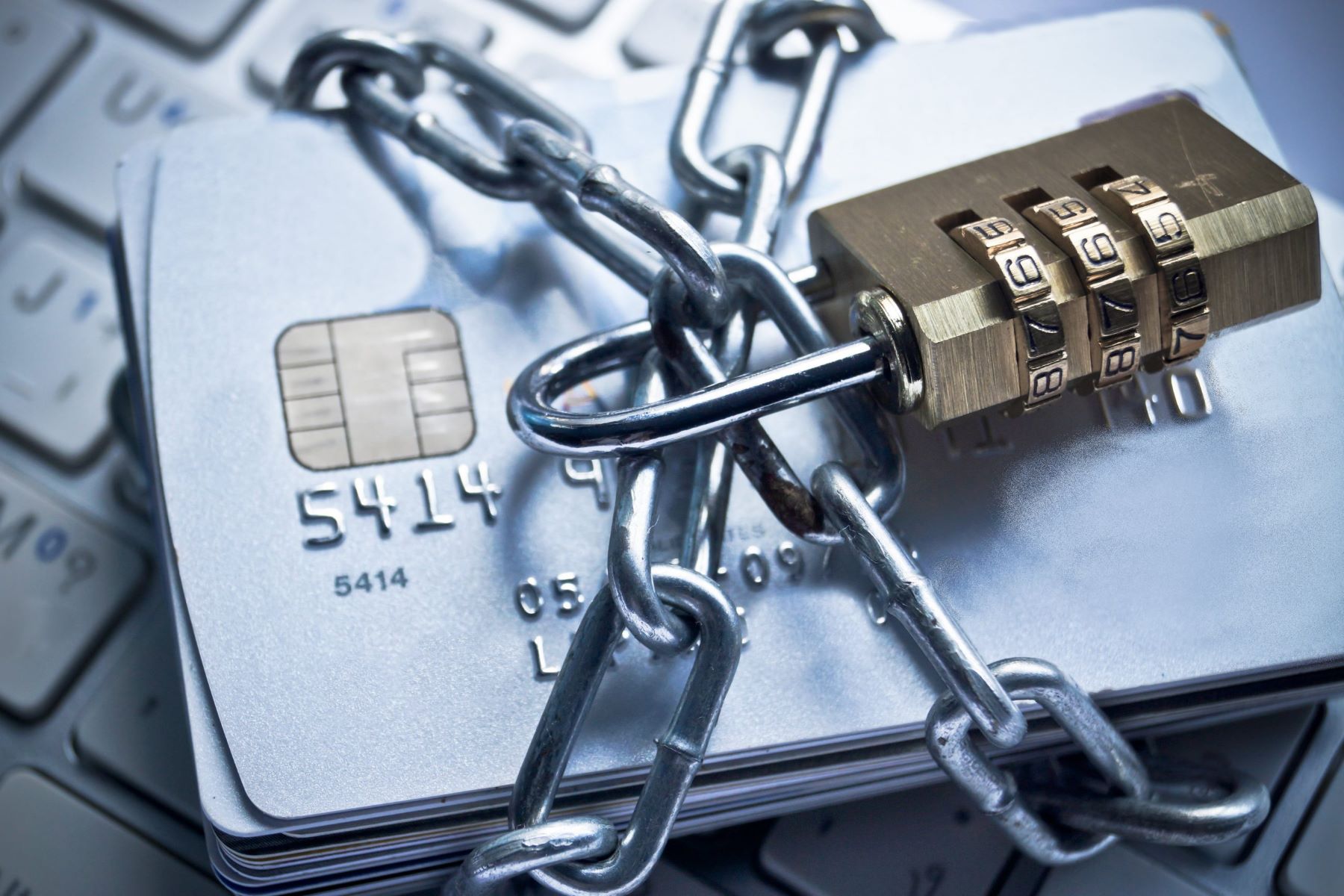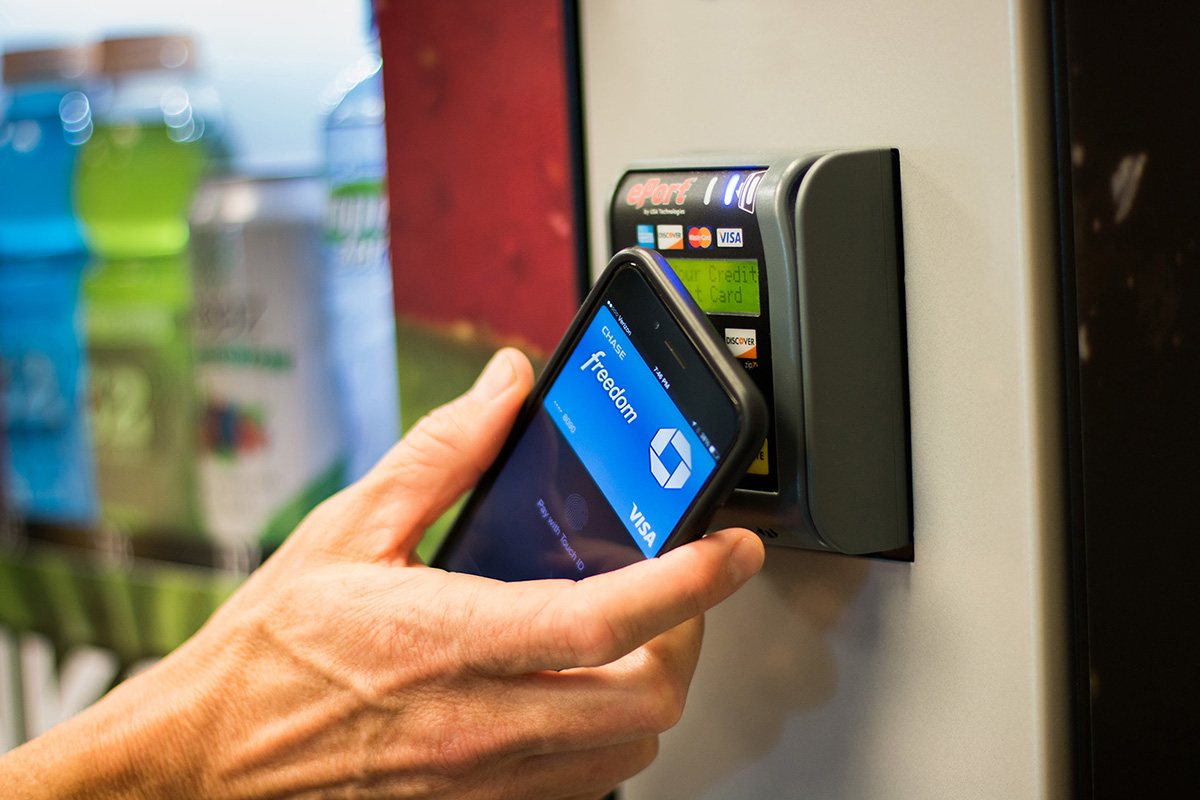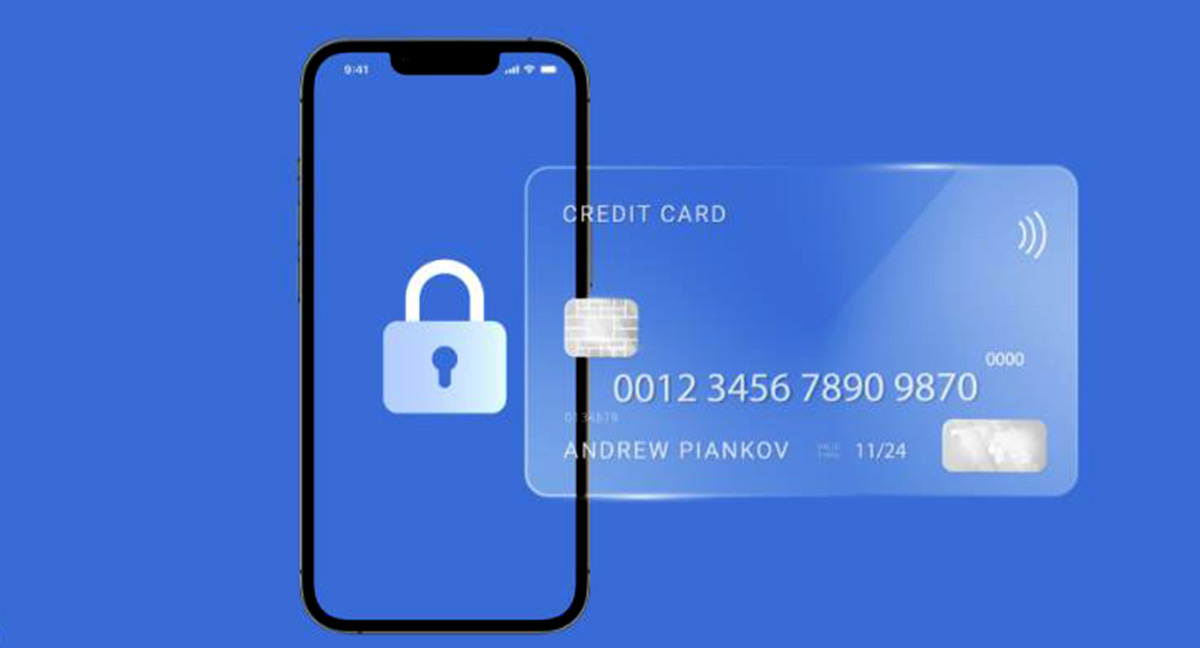Home>Finance>What Does Sec Violation Mean On A Credit Card Machine
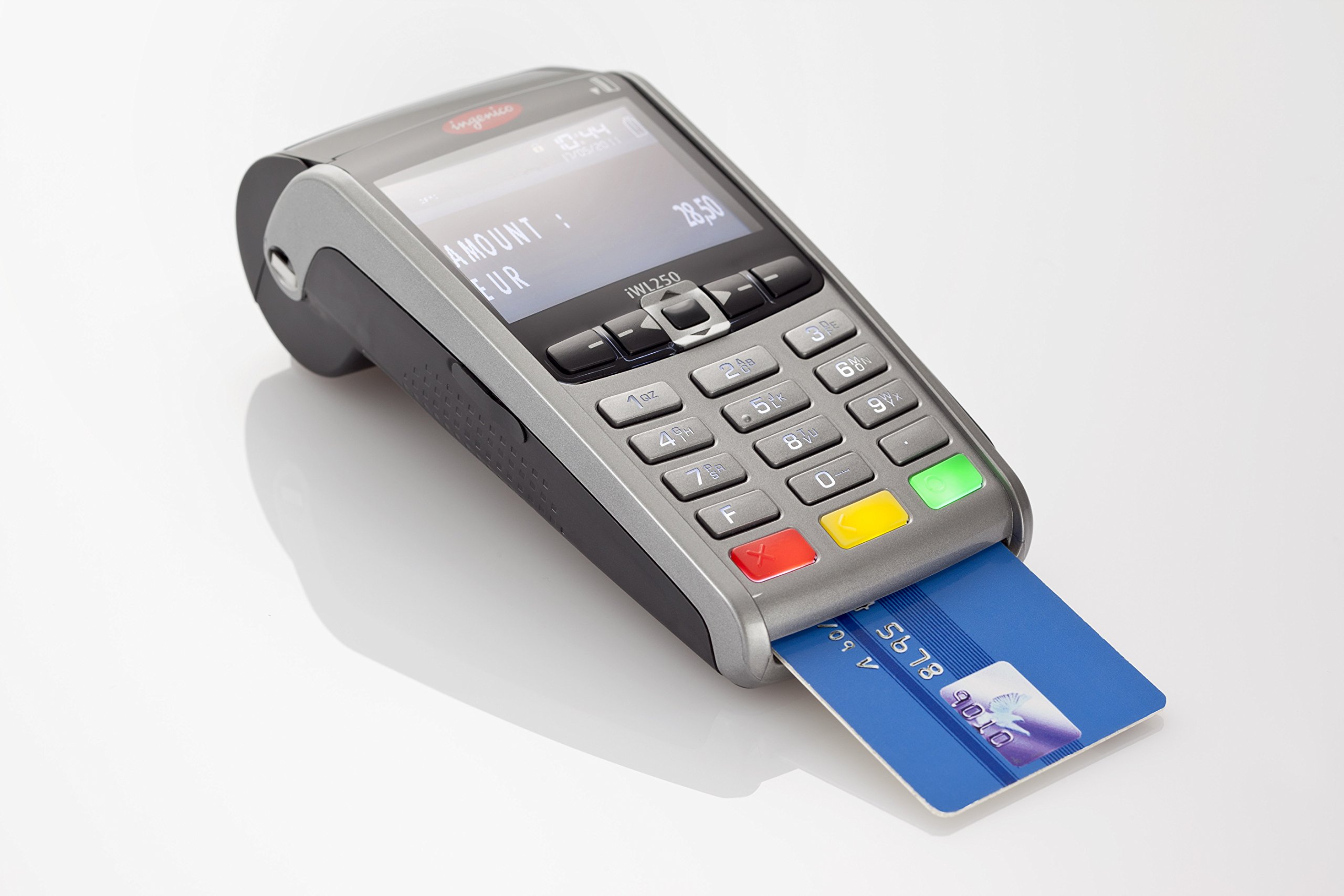

Finance
What Does Sec Violation Mean On A Credit Card Machine
Modified: December 30, 2023
Understanding the meaning of "Sec Violation" on a credit card machine and its implications for your finances. Discover what steps you should take to address this issue.
(Many of the links in this article redirect to a specific reviewed product. Your purchase of these products through affiliate links helps to generate commission for LiveWell, at no extra cost. Learn more)
Table of Contents
Introduction
When using a credit card machine for transactions, you may come across various error messages and notifications. One such message that you might encounter is “SEC Violation.” This can be confusing and concerning, as it indicates that there has been a violation of the Security and Exchange Commission (SEC) regulations. In this article, we will delve into what SEC Violation means on a credit card machine and explore its causes, consequences, and preventive measures.
As electronic payment methods have become increasingly popular, the need for stringent security measures has also grown. To protect consumers and businesses from unauthorized transactions and fraud, regulatory bodies like the SEC have established guidelines and standards for financial transactions, including the use of credit card machines.
Understanding the implications of SEC Violation on a credit card machine is crucial for both merchants and consumers. By familiarizing ourselves with the causes and consequences of this violation, we can take proactive steps to prevent it from occurring in the first place.
In the following sections, we will take a closer look at what SEC Violation entails on a credit card machine, explore the factors that can trigger this violation, examine the potential consequences, and discuss preventive measures to protect against it.
Understanding SEC Violation
SEC Violation refers to a breach or violation of the rules and regulations set by the Security and Exchange Commission (SEC), a regulatory body responsible for overseeing the financial markets and protecting investors. In the context of a credit card machine, SEC Violation usually occurs when there is a failure to comply with the specific security protocols mandated by the SEC.
The SEC has established a set of guidelines and regulations to ensure the security and integrity of financial transactions. These guidelines aim to prevent fraudulent activities, unauthorized access, and data breaches that can compromise sensitive customer information. Compliance with these regulations is essential for merchants and businesses using credit card machines to process transactions.
There are various types of SEC Violations that can occur on a credit card machine. Some common examples include:
- Failure to encrypt sensitive customer data: Credit card machines need to encrypt customer information, such as credit card numbers, to protect it from unauthorized access. If the encryption process is not properly implemented, it can lead to a SEC Violation.
- Non-compliance with PCI DSS standards: The Payment Card Industry Data Security Standard (PCI DSS) outlines the requirements for handling and processing credit card information. Failure to comply with these standards can result in a SEC Violation.
- Weak password protection: Credit card machines often require a password or PIN for access. If the password protection is weak or easily guessable, it can be considered a violation.
- Unauthorized modifications to the credit card machine software: Any unauthorized changes or modifications to the software of the credit card machine can lead to a SEC Violation.
It is important to note that SEC Violation on a credit card machine can occur due to both intentional and unintentional actions. While some violations may result from malicious behavior, such as hacking or data theft, others may be the result of negligence, lack of knowledge, or human error.
By understanding the complexities of SEC Violation, merchants and businesses can take appropriate measures to ensure compliance with SEC regulations, safeguard customer information, and maintain the security of their financial transactions.
Causes of SEC Violation on a Credit Card Machine
SEC Violation on a credit card machine can occur due to a variety of reasons. Let’s explore some common causes:
- Lack of Security Updates: Credit card machines, like any other technology, require regular security updates to protect against emerging threats. Failure to install these updates can leave vulnerabilities in the system, making it more susceptible to SEC Violation.
- Weak Passwords: Using weak or easily guessable passwords for the credit card machine’s administrative access is a common cause of SEC Violation. It is crucial to use strong passwords that are hard to crack, and to change them regularly to maintain security.
- Insufficient Encryption: Encryption plays a vital role in securing sensitive customer data during the transaction process. If the encryption algorithms used in the credit card machine are outdated or improperly implemented, it can lead to SEC Violation.
- Non-compliance with PCI DSS: Failure to comply with the Payment Card Industry Data Security Standard (PCI DSS) can result in SEC Violation. This includes not following the security protocols and requirements outlined by PCI DSS.
- Lack of Employee Training: Human error and lack of knowledge can contribute to SEC Violation. Insufficient training on how to handle credit card machines securely, including recognizing and reporting potential security breaches, can increase the risk of violations.
- Unsecured Network: Connecting the credit card machine to an unsecure or public network can expose it to potential security threats. It is essential to ensure that the network used to process credit card transactions is encrypted and protected.
These causes underline the importance of implementing strong security measures and regularly assessing the security posture of credit card machines. Businesses should stay updated with the latest security practices, keep their staff well-informed, and ensure that the credit card machine’s software and hardware are regularly maintained to prevent SEC Violation.
Consequences of SEC Violation on a Credit Card Machine
SEC Violation on a credit card machine can have significant consequences for both businesses and customers. Let’s explore some of the potential consequences:
- Financial Loss: One of the immediate consequences of SEC Violation is the potential financial loss. Businesses may be liable for any fraudulent transactions made as a result of a security breach, leading to financial losses and damage to their reputation.
- Compromised Customer Information: SEC Violation can expose sensitive customer data, including credit card details, addresses, and other personal information, to unauthorized parties. This can lead to identity theft, unauthorized charges, and potential legal repercussions.
- Legal Penalties: Non-compliance with SEC regulations can result in legal penalties and fines. Regulatory authorities may impose hefty fines on businesses that fail to meet the required security standards, further impacting their financial stability.
- Damage to Reputation: A major consequence of SEC Violation is the damage to a business’s reputation. Customers value their privacy and trust businesses to protect their sensitive information. If a breach occurs, customers may lose faith in the business, leading to a loss of customers and negative word-of-mouth publicity.
- Loss of Business Opportunities: A business that has experienced SEC Violation may face difficulties in securing partnerships or contracts with other organizations. Potential partners and clients may be hesitant to collaborate with a business that has a history of security breaches.
- Increased Security Costs: After experiencing SEC Violation, a business may need to invest additional resources in enhancing the security of their credit card machines. This can include implementing more robust security measures, updating software, and training employees on security protocols.
Overall, the consequences of SEC Violation on a credit card machine can have far-reaching implications. It is therefore crucial for businesses to prioritize and invest in strong security measures and practices to prevent such violations and the associated negative consequences.
Preventing SEC Violation on a Credit Card Machine
Preventing SEC Violation on a credit card machine requires a comprehensive approach that encompasses both technological and procedural measures. Here are some steps businesses can take to minimize the risk of SEC Violation:
- Stay Updated: Regularly monitor and stay informed about the latest security guidelines and regulations set by the SEC. Implement necessary updates and patches to ensure that the credit card machine is equipped with the latest security features.
- Use Strong Passwords: Set strong passwords for the credit card machine’s administrative access. Avoid using easily guessable passwords and regularly change them to maintain security.
- Implement Encryption: Ensure that the credit card machine’s data transmission and storage are properly encrypted. This includes encrypting sensitive customer information, such as credit card numbers, to protect them from unauthorized access.
- Comply with PCI DSS: Follow the guidelines and requirements of the Payment Card Industry Data Security Standard (PCI DSS). This includes implementing appropriate security measures, conducting regular security audits, and training employees on PCI DSS compliance.
- Train Employees: Educate employees on the importance of security protocols and best practices. Provide training on how to recognize and report potential security breaches, as well as how to handle customer data securely.
- Secure Network Connections: Ensure that the credit card machine is connected to a secure and encrypted network. Avoid using public or unsecure Wi-Fi networks for credit card transactions.
- Monitor and Detect: Regularly monitor the credit card machine’s transaction activity and implement tools for detecting any suspicious or abnormal behavior. This can include setting up alerts for unusual transactions or unexpected patterns.
- Implement Multi-factor Authentication: Use multi-factor authentication methods to add an extra layer of security to access the credit card machine. This can involve using a combination of something the user knows (password), something the user has (smart card), or something the user is (biometric information).
- Perform Regular Security Audits: Conduct periodic security audits to assess the vulnerabilities of the credit card machine and its environment. Identify and address any potential risks or weaknesses before they can be exploited.
By implementing these preventive measures, businesses can significantly reduce the risk of SEC Violation on their credit card machines. Proactive security measures not only protect both the business and its customers, but also enhance their reputation as a trustworthy and secure entity.
Conclusion
SEC Violation on a credit card machine can have serious implications for businesses, customers, and regulatory compliance. Understanding what SEC Violation means and taking steps to prevent it is crucial in maintaining the security and integrity of financial transactions.
Throughout this article, we explored the concept of SEC Violation on a credit card machine, its causes, consequences, and prevention strategies. We learned that SEC Violation occurs when there is a breach of the rules and regulations set by the Security and Exchange Commission, a regulatory body responsible for overseeing financial markets.
Common causes of SEC Violation include the lack of security updates, weak passwords, insufficient encryption, non-compliance with PCI DSS standards, lack of employee training, and unsecured networks. These causes highlight the importance of implementing strong security measures and regularly assessing the security posture of credit card machines.
The consequences of SEC Violation can be severe, ranging from financial loss and compromised customer information to legal penalties and damage to reputation. It is essential for businesses to prioritize security, comply with SEC regulations, and proactively protect customer data.
Preventing SEC Violation requires a comprehensive approach that includes staying updated with security guidelines, using strong passwords, implementing encryption, complying with PCI DSS, training employees, securing network connections, monitoring and detecting suspicious activity, implementing multi-factor authentication, and performing regular security audits.
By taking these preventive measures, businesses can minimize the risk of SEC Violation, safeguard customer information, and maintain a strong reputation. Prioritizing security not only protects the finances and reputation of businesses but also helps to build trust and confidence among customers.
Remember, SEC Violation can have serious consequences, but with proper security measures in place, businesses can ensure the safety and security of their credit card transactions and establish themselves as reliable entities in the financial realm.
